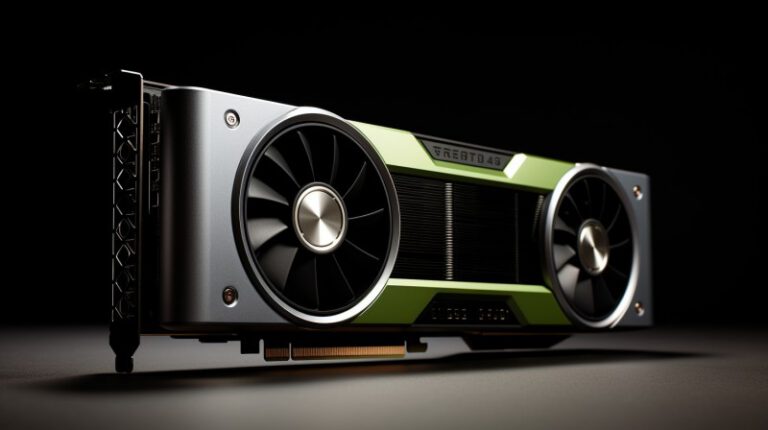
NVIDIA RTX 5000 Series Set for Launch Next Year
RTX 5000 Graphics Cards to Hit Shelves in a Year, Predicts Noted Insider Moore’s Law is Dead. The new generation of NVIDIA graphics cards, codenamed Blackwell, which is set to replace the current Ada Lovelace lineup, is expected to be…
